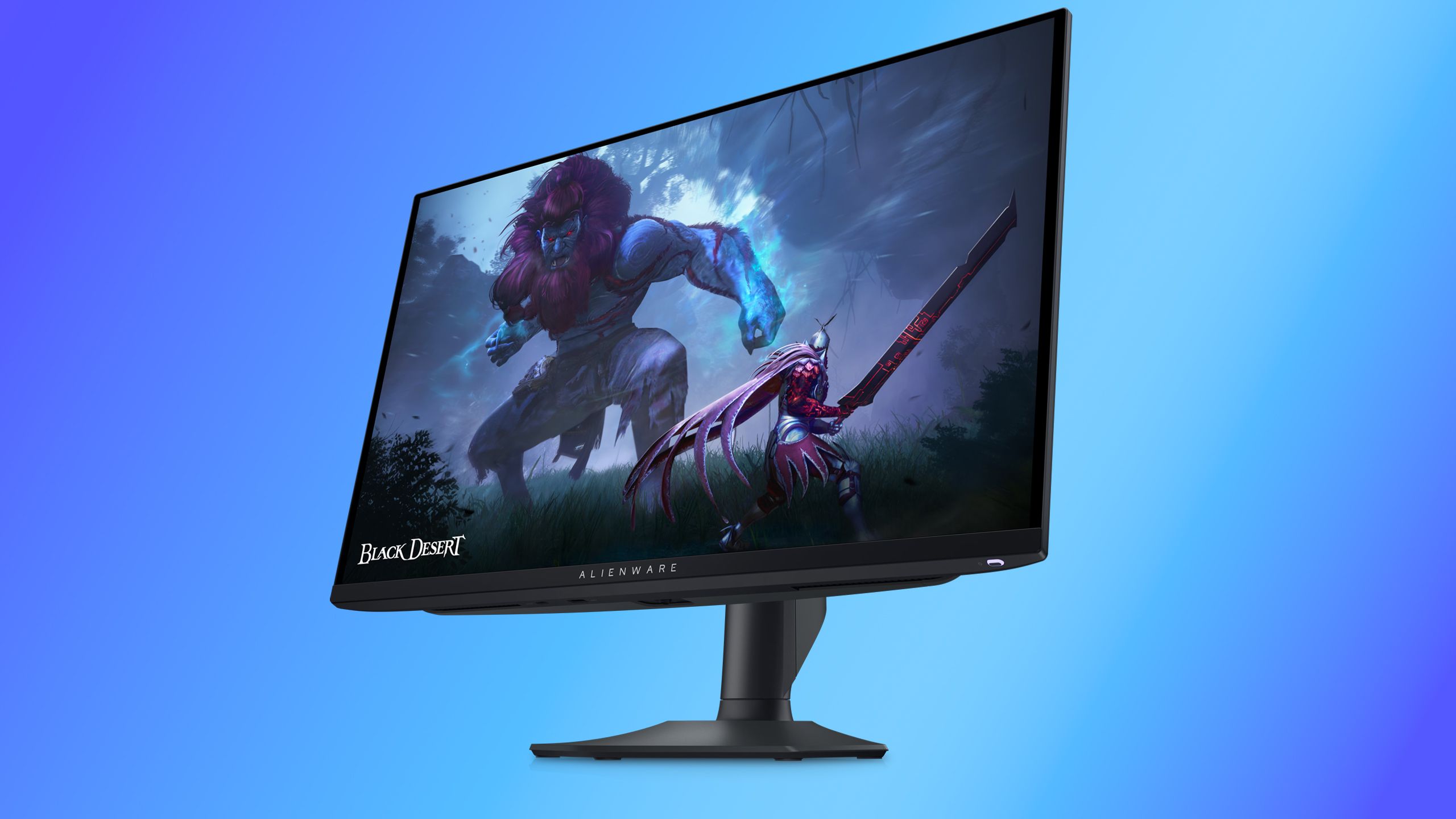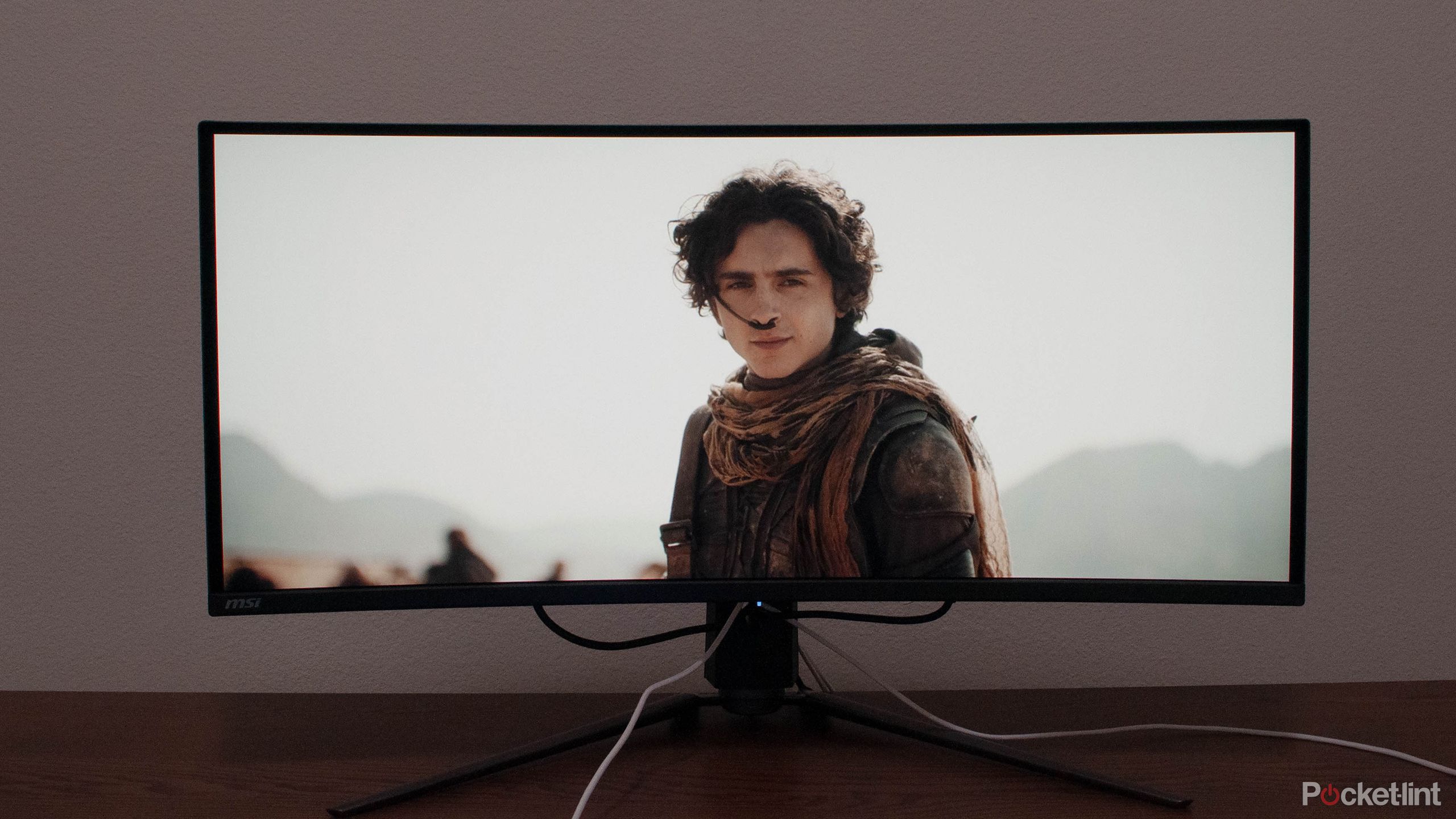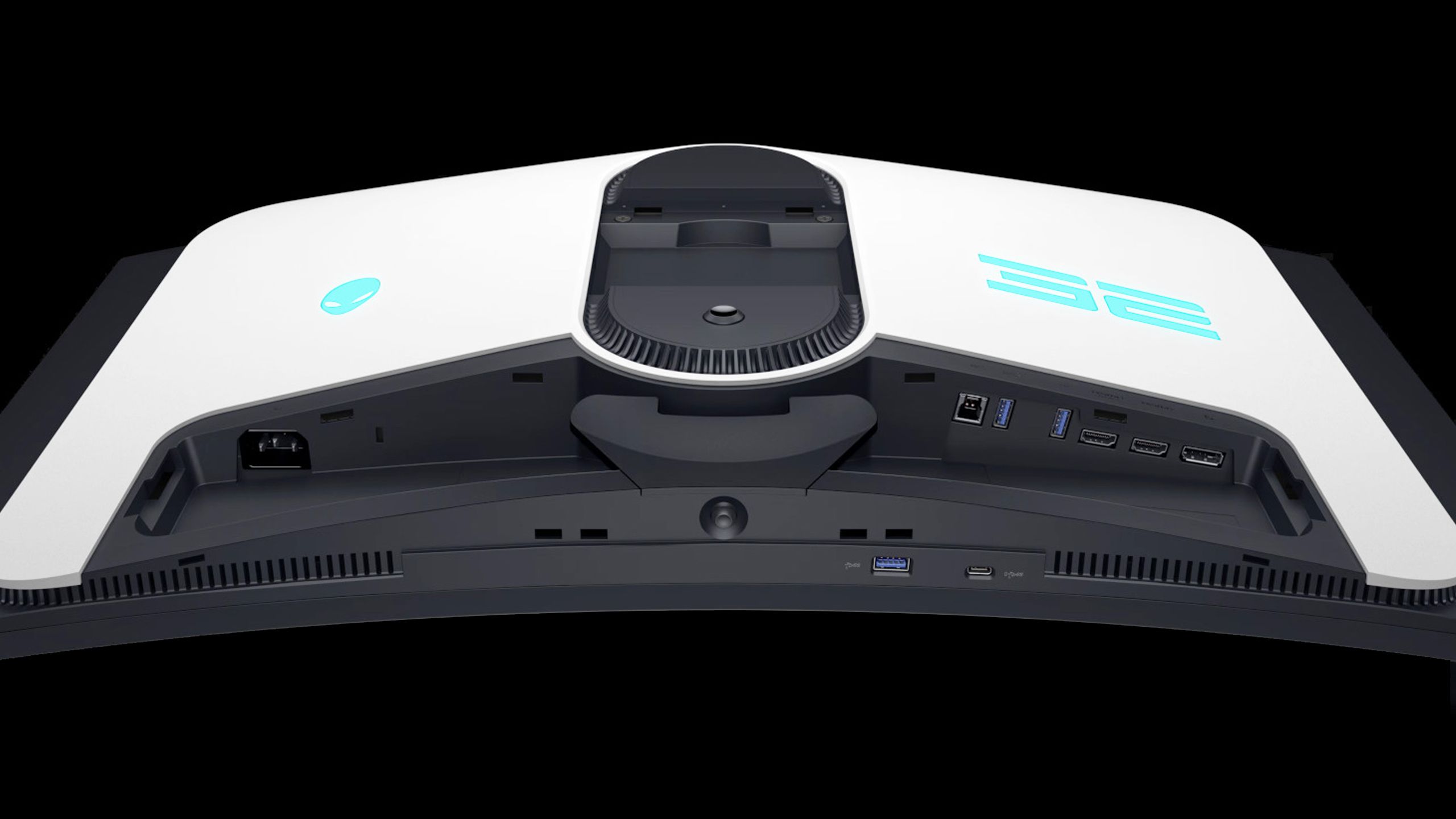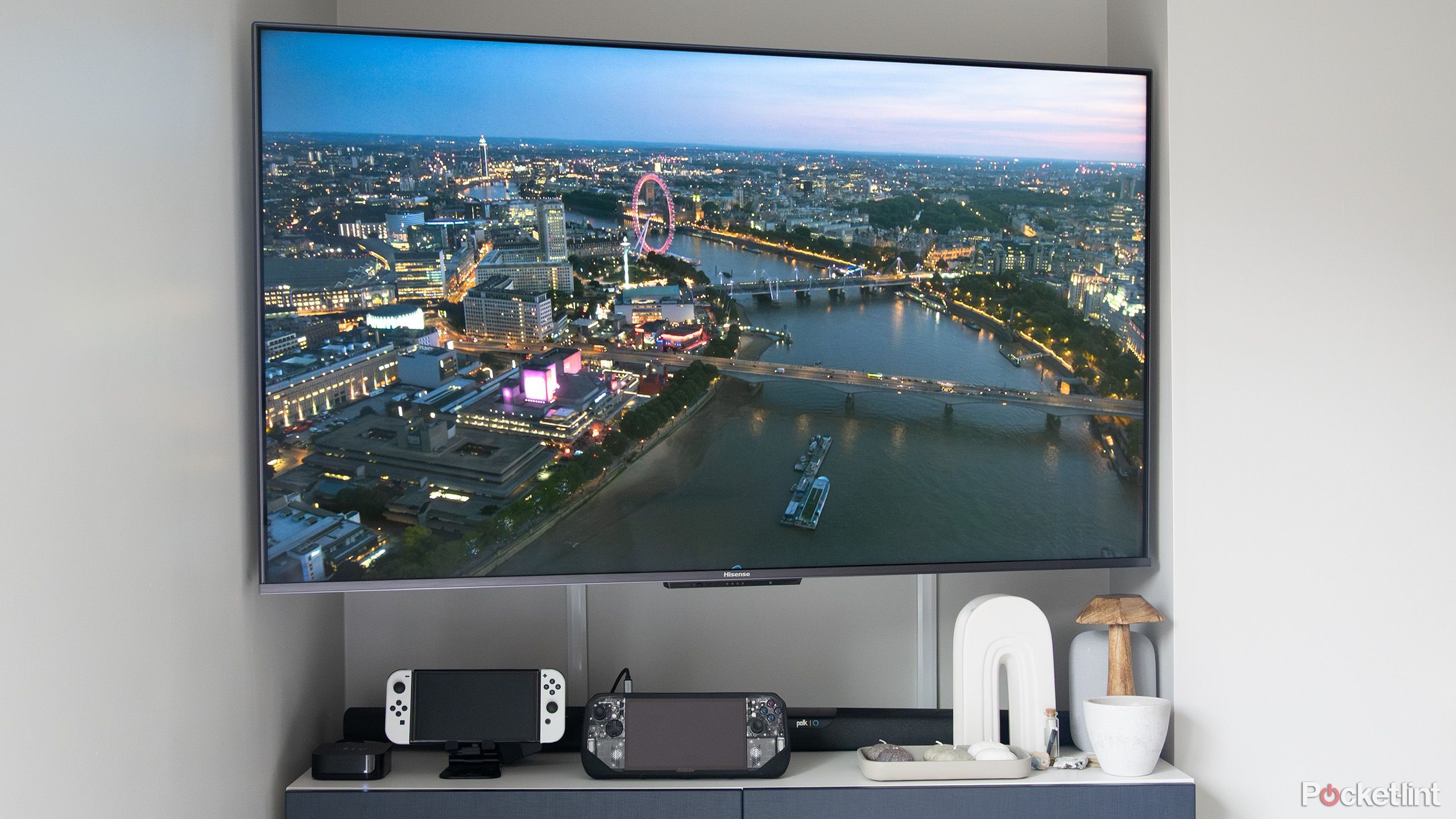Summary
- Many TVs are now viable for PC gaming, but gaming monitors tend to provide superior refresh rates and minimal input lag.
- 4K TVs are normally too huge to put anywhere but your living room, and don’t come in curved formats (these days).
- You may still want a TV if you’re interested in local multiplayer, or need to maximize your space and/or budget.
For a long stretch of time, no self-respecting PC gamer hooked their computer up to a TV, even when it was technically possible. The main issue was resolution — TVs couldn’t do any better than 480p, making text hard or impossible to read, while simultaneously limiting how much content was onscreen. A 1600×1200 monitor was sharp and expansive by comparison.
That remained true in the early days of HD, when 720p TVs were common, but things began to open up when 1080p sets arrived. The sacrifices became smaller, and now, many of those sacrifices have fallen by the wayside thanks to 4K models with high refresh rates and HDR. In my own home, I leave my Steam Deck connected to my TV unless I’m going to play something casual like Balatro or Vampire Survivors.
If you’re chasing the peak PC gaming experience, however, the best option is probably still a monitor. There are a few reasons why.
Related
Dolby Atmos FlexConnect could reinvent the modern home theater
Don’t worry — you won’t need to upgrade if you already like your current Atmos setup.
Input lag and refresh rates
A diminishing point, but still valid
Alienware / Pocket-lint
Most TVs are intended to deliver the best possible image quality for non-interactive media, i.e. movies and TV shows. In the digital era, that translates into a lot of post-processing, such as upscaling, motion smoothing, and color adjustments. This can become a downside when gaming, since it adds a small delay between when you tap a button, mouse, or stick and see a response. On better sets, the lag may be almost unnoticeable — but it’s a sub-par gaming experience nevertheless.
The good news is that many TV manufacturers now offer Game or PC modes that minimize lag by eliminating processing. If you want the absolute lowest input lag, though, it’s better to pick up a dedicated gaming monitor.
The 60Hz panels on cheap TVs will get the job done, but you’ll have a more pleasant experience if a display hits 120Hz or higher.
Similar things can be said about refresh rates. The 60Hz panels on cheap TVs will get the job done, but you’ll have a more pleasant experience if a display hits 120Hz or higher, since PC games often exceed 60 frames per second. You’ll also want something with VRR (variable refresh rate) support, since static refresh rates can sometimes lead to image tearing and stuttering.
TVs with authentic (not “effective”) 120Hz and VRR support are increasingly common. Those features are guaranteed on any recent gaming monitor, though, and some offer refresh rates up to 144Hz or better for e-sports purposes.
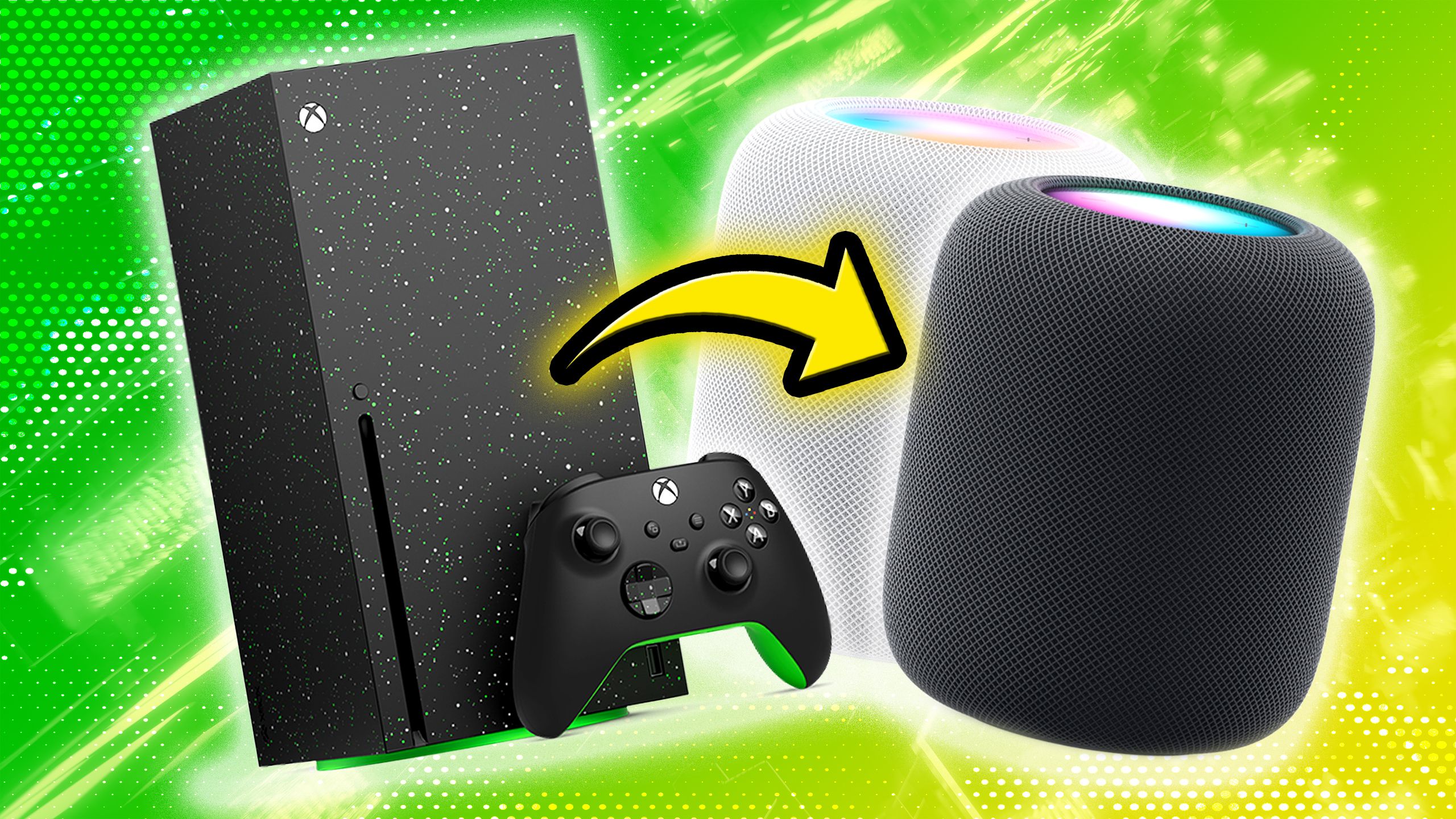
Related
This trick got my Xbox and Blu-rays to play nice with my HomePods
There may be some hurdles involved, and you’ll be more closely welded to the Apple ecosystem.
Portability and form factor options
Just try and cram a 50-inch TV on your desk
The very thing that makes TVs attractive for gaming can also be a liability. You’re not going to find a 4K TV under 40 inches, and many are over 50. There’s often no choice but to keep them in your living room, unless your office or bedroom lets you mount them several feet away. There is a third alternative, I suppose — craning your neck around just to see what’s playing happening in Spotify or Discord.
Monitors will usually fit on any desk or table you have, and they’re a lot more portable, making it easier to modify your setup.
Monitors will usually fit on any desk or table you have, and they’re a lot more portable, making it easier to modify your setup. They’re pretty much the only way to fly if you want multiple displays and don’t have a Bond villain’s lair handy.
Another benefit is access to curved screens. These are more immersive for 3D gaming, and in the case of ultra-wides, they can mimic a multi-monitor setup with less cable clutter. Curved TVs are all but dead, and never made much sense anyway. You had to sit in a sweet spot to get the full effect, so people watching with you were potentially getting a worse experience than usual rather than an improvement.
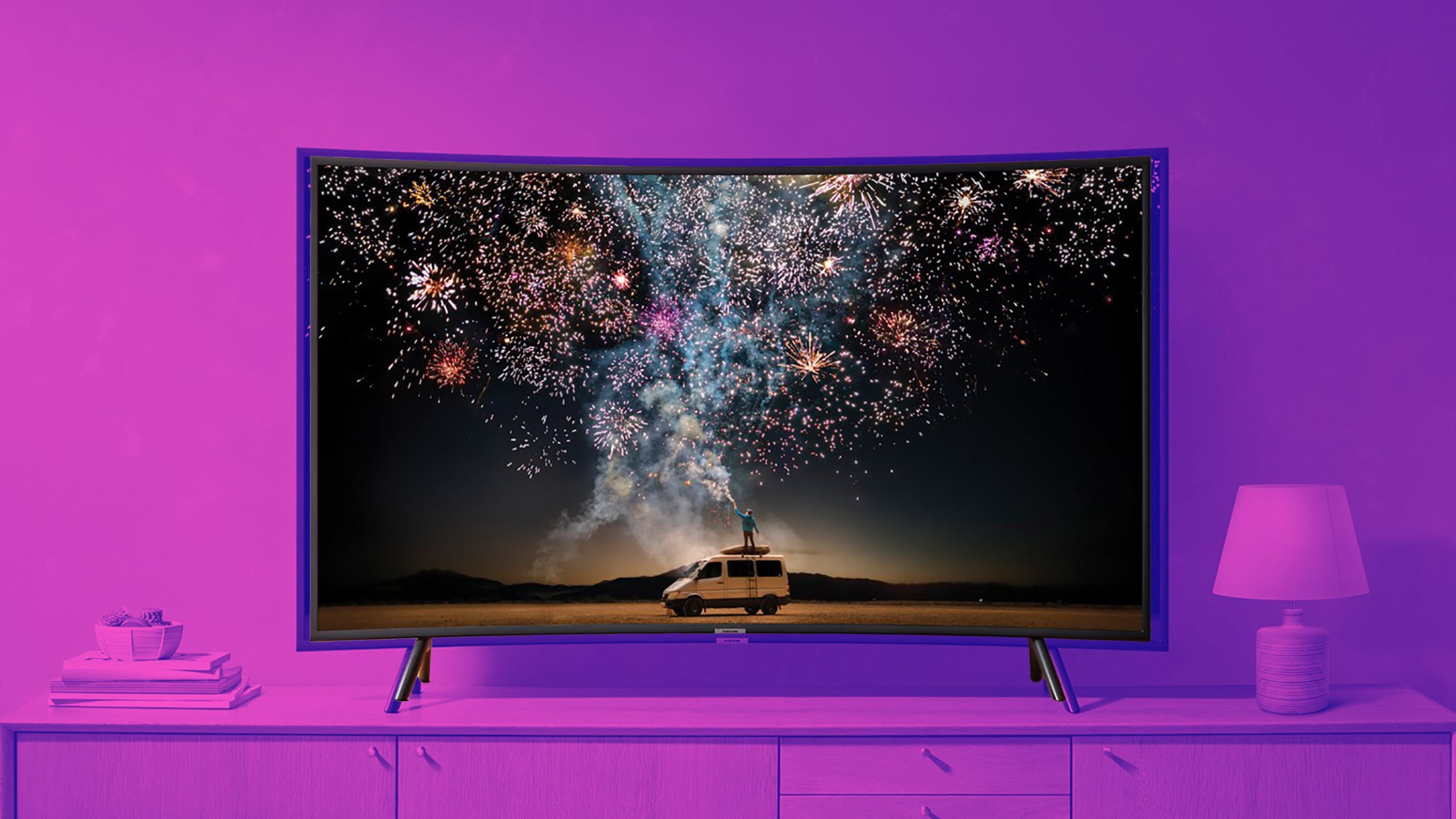
Related
Should you still buy a curved TV in 2025? Probably not
A curved display makes sense, but maybe not in your living room.
Ports and color accuracy
Simplify your setup
Dell/Pocket-lint
These perks might not seem related on the surface, but both are further representations of how TVs aren’t designed around computers. Despite many sets having three or four HDMI ports, they’ll often have just two USB slots, typically USB-A connections that don’t go any faster than USB 3.0. This isn’t necessarily a big deal — however, many monitors not only support faster USB data, but act as hubs, and support multiple video formats. Some monitors can run off a single USB-C/Thunderbolt cable, omitting even a dedicated power cord.
When it comes to color accuracy, TVs have come a long way — you’re more likely to find a TV with HDR than a monitor — but they still need to be calibrated, and gaming monitors are more likely to use advanced panel technologies with wider color gamuts. A high-end OLED gaming monitor is a wonder to behold. Many LCD and mini-LED monitors are also excellent, these days.
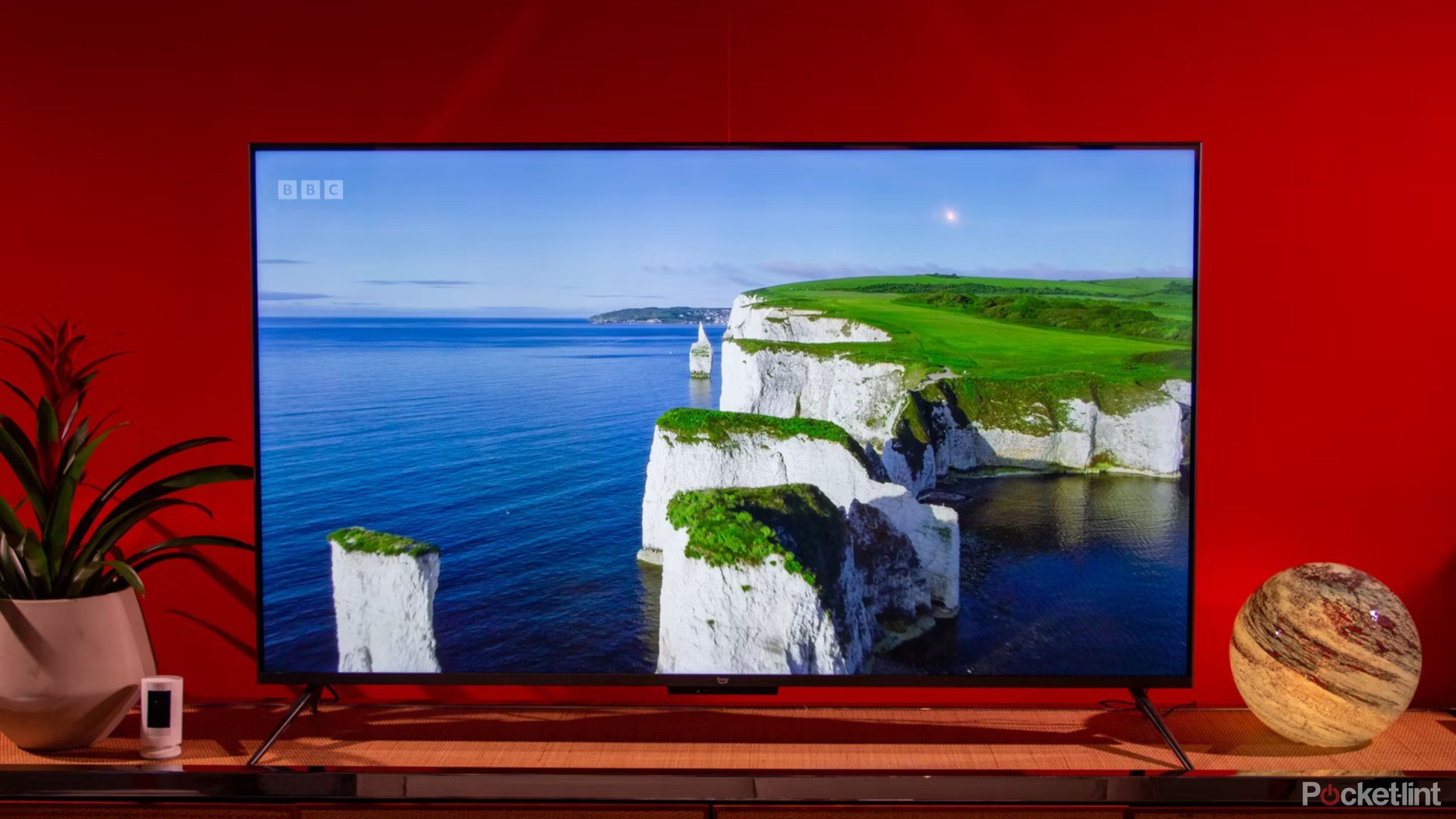
Related
OLED vs mini-LED vs QLED in 2025: Which TV tech should you buy?
Today, you can get surprising image quality without spending a fortune.
When should you use a TV instead?
Some final thoughts
There are, of course, circumstances in which a TV makes more sense. One may be a limited budget — if you’ve already got a decent 4K TV with a 120Hz panel and VRR support, spending several hundred dollars on a monitor can feel wasteful, particularly if your PC is a laptop rather than a desktop. Many gaming laptops have amazing built-in displays. For work purposes, I won’t bother connecting my Razer Blade 17 to anything.
TVs enable more social gameplay experiences.
Limited space could be another factor. As huge as 4K TVs can be, setting up a separate desk area isn’t always an option in a dorm room or small apartment. Using a TV will let you kill two birds (and sometimes more) with one stone, though if you’re living solo, you may be able to do the same thing with a monitor.
Speaking of which, though, TVs enable more social gameplay experiences. One of the reasons I docked my Steam Deck to my TV was so that my wife and I could play local multiplayer games without hovering around a desk. By extension, it’s easier to play party games with guests. Even single-player games are sometimes enhanced, I find — other people can spectate, or at least keep me company.
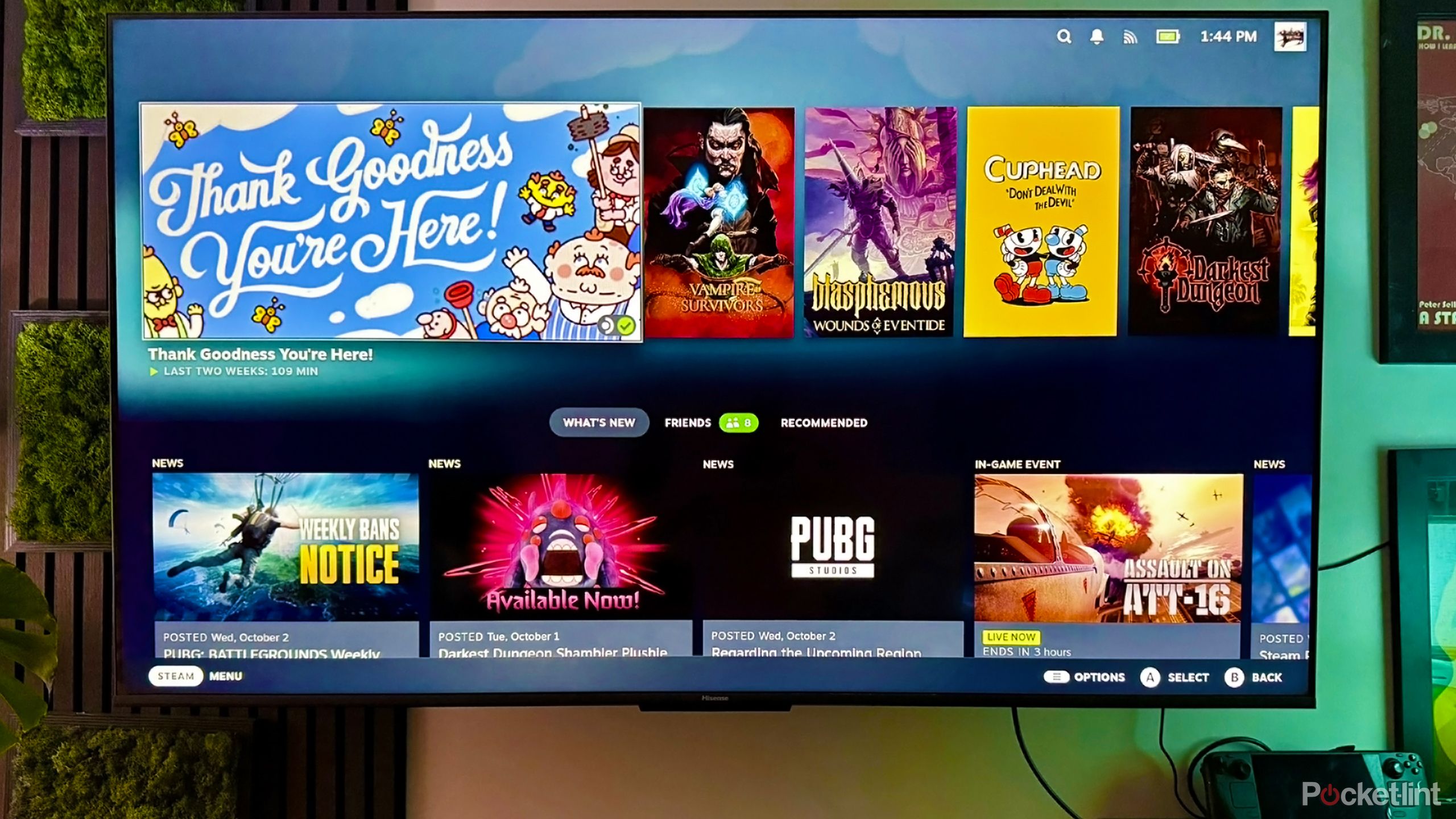
Related
How to turn a Steam Deck into a TV gaming console
You can play PC games on your TV without buying a desktop or laptop.
Trending Products

Logitech MK470 Slim Wireless Keyboard and Mouse Co...

Wireless Keyboard and Mouse Combo, 2.4G Silent Cor...

HP 17.3″ FHD Business Laptop 2024, 32GB RAM,...

Wireless Keyboard and Mouse Ultra Slim Combo, TopM...


